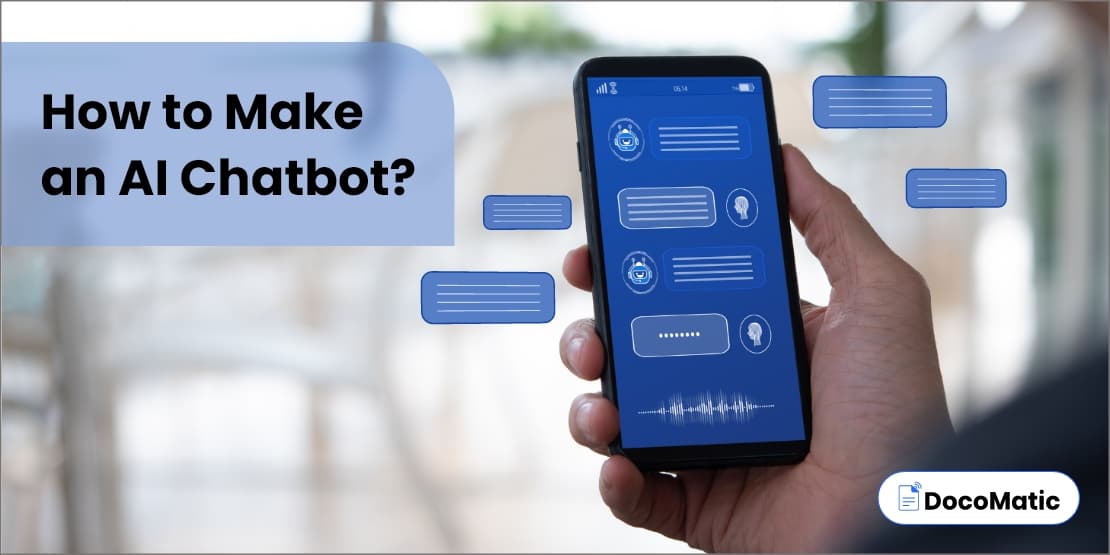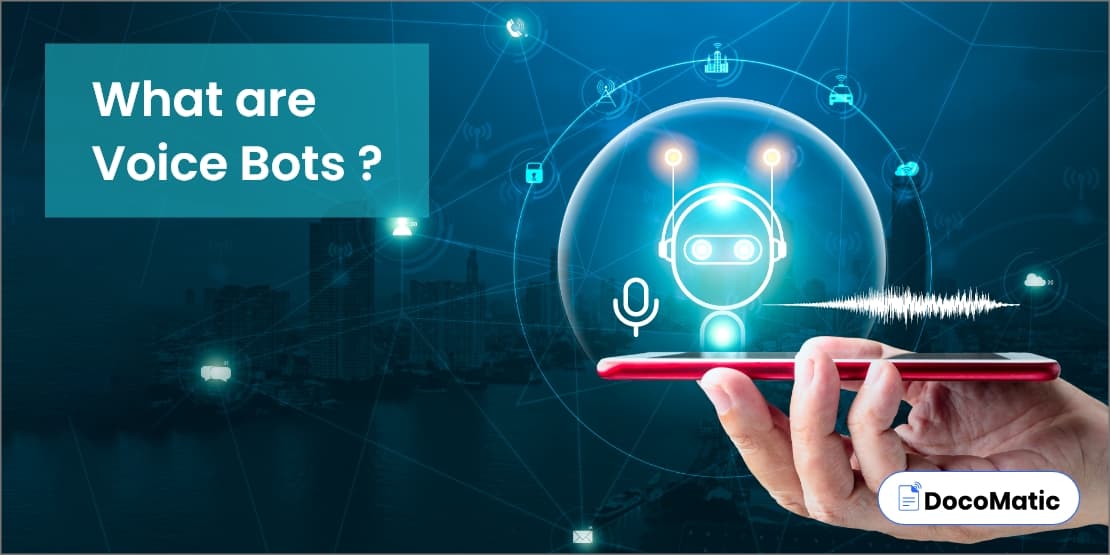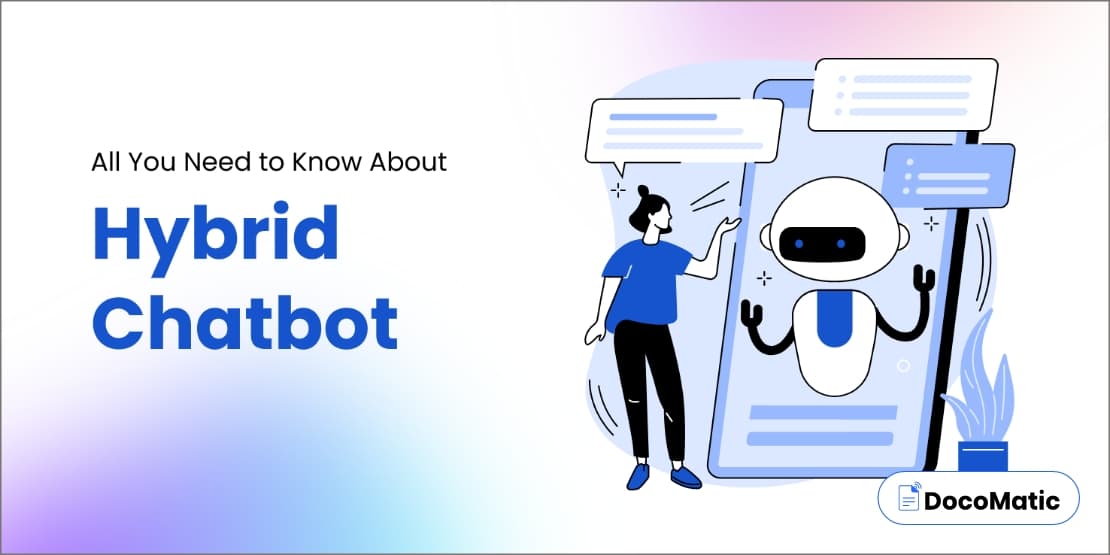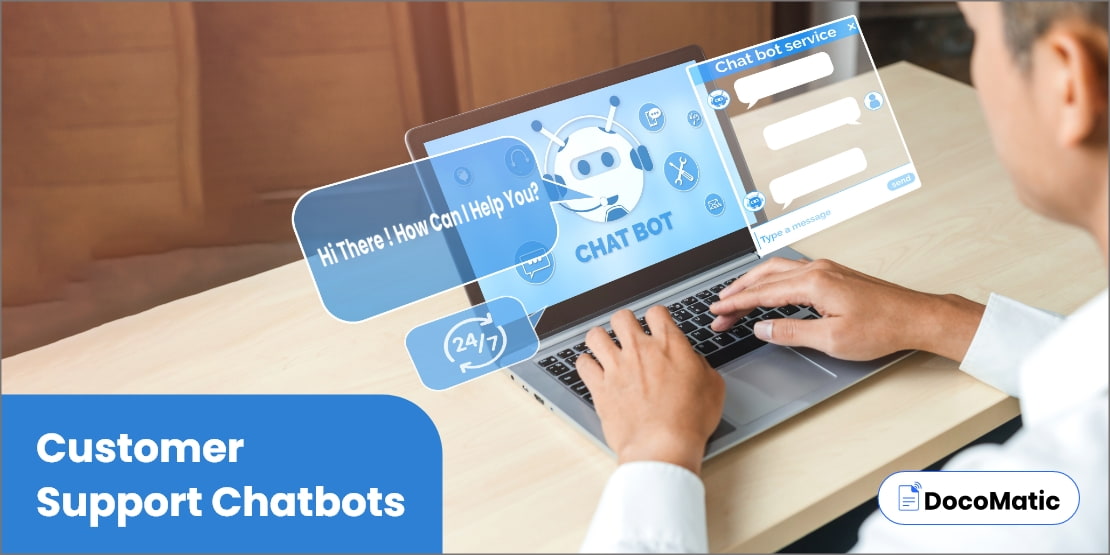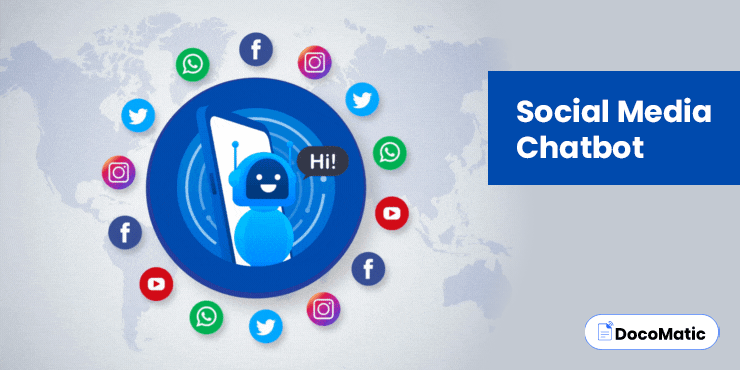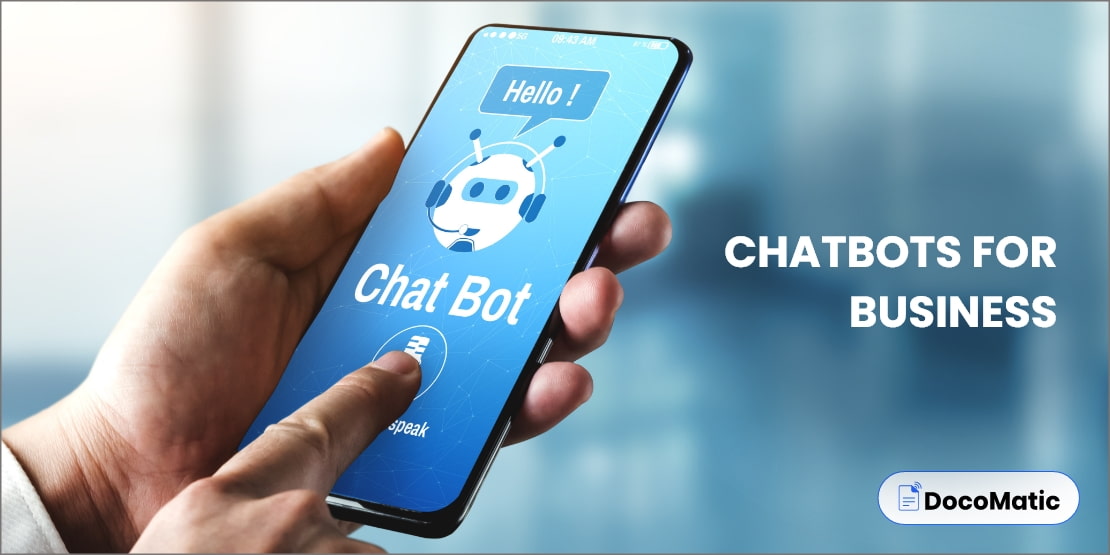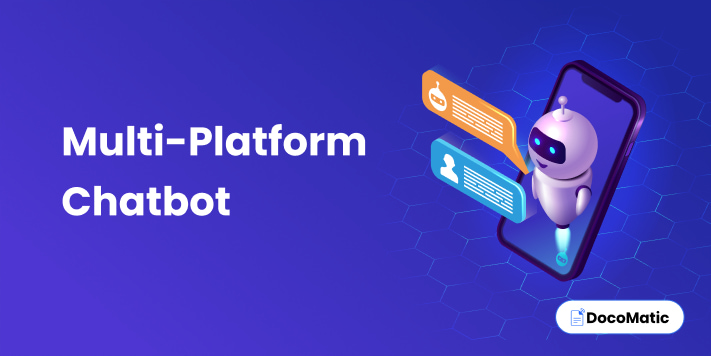Artificial intelligence chatbots are growing in popularity across various industries starting from healthcare to customer service. This confirms the expected market size of the chatbot industry to reach around $1.25 billion by 2025. These automated conversational bots offer fast and effective solutions to issues, thereby saving resources and time for individuals as well as businesses.
Creating an AI-powered chatbot may feel like a daunting task, especially if you are new to the programming and machine-learning world. In this blog, we have provided the essential steps and procedures on how to make an artificial intelligence-based chatbot for your business. From the purpose of building a chatbot, planning and designing to monitoring it, we have added all the detailed insights for you.
Table of Content
Importance of Building Artificial Intelligence Chatbot
Chatbots offer several benefits to businesses and help streamline their processes to increase efficiency along with providing better customer support. When you look at OpenAI, its history, and how it is changing the world, you realize the key factors that make it important to have your own chatbot:
- Enhances customer service: Chatbots are available 24/7. They can respond to customer queries quickly. Everything including answers to FAQs, support, and resolution of issues happens without any human interaction.
- Boosts lead generation: A custom chatbot also supports businesses in generating leads by providing recommendations to their customers. They can smartly guide them through the entire sales process and provide answers to their questions.
- Increases efficiency: Chatbots automate many recurring tasks such as scheduling appointments, and handling user answers. Thus, you can focus more on other critical tasks and increase productivity.
- Saves costs:With the amount of efficiency and productivity in less resources, a bot can help reduce costs on staffing, customer support, and overhead expenses.
How to Plan and Design Your AI Chatbot
Planning an intelligent chatbot is the key to driving success in your chatbot development. With OpenAI offering numerous advantages through ChatGPT, you can create a chatbot of your own. Let’s see how you can do this.
1. Identify the purpose of your chatbot
The primary step in chatbot planning is identifying the purpose of your chatbot or answering what it will cater to. This can include things like the types of issues your AI-based chatbot will solve, its specific goals, and desired output. For instance, many businesses create a conversational chatbot that answers frequently asked questions, generates leads, and provides customer support.
2. Define your audience and channel
The next step is to define your target audience and the channel where you wish to place your bot. You will have to understand the demographics, consumer behaviors, and their needs. Additionally, a chatbot builder offers many chatbot solutions that can be integrated with platforms including Magento, WordPress, and Shopify. Facebook Messenger, WhatsApp, Instagram, and Slack are other platforms you can choose.
3. Personalize the chatbot’s tone
If this is your first chatbot, you may want to define its personality and tone. These directly affect how the chatbot conversation will happen with a user. As per the chatbot tutorial, the tone reflects your brand’s identity. For example, a healthcare company will have a professionally toned bot, whereas a fashion brand will have a casual and conversational chatbot.
Apart from this, you need to ensure that a chatbot is structured to understand and respond to human language effectively, creating a seamless and engaging user experience.
4. Set a conversation flow
The key success-driving factor with AI is to give as many instructions as possible. So, you must map out bot conversation flows when you create a chatbot. Map out an order of messages for the chatbot, so it can send the right response to user questions. The conversational flow must be user-friendly and intuitive so that you can serve a smoother chatbot interaction.
5. Create a script for the chatbot
Lastly, you must have a script ready for the chatbot. It mainly outlines key responses that the chatbot will display once a user sends their query. You may also need a trigger that sends a welcome note to users. This will help the chatbot achieve the desired purpose, inspire users to take action, and build a positive experience.
How to Create Your AI Chatbot from Scratch
Designing your own custom chatbot involves many essential procedures and steps to get a proper result. While you can create a simple chatbot using ready-made chatbot templates from a bot builder company, or create it with GPT, here are the steps that will answer your query on what goes into creating a basic chatbot:
1. Choose a chatbot platform or framework
The first step in designing the AI-enabled chatbot is to choose a chatbot platform. There are many different chatbot development platforms, such as software-as-a-service (SaaS) platforms, open-source platforms, and custom. You can choose the one that best fits your requirements.
You can either opt for a framework or a platform.
- AI frameworks: Chatbot frameworks like Microsoft Bot, Google’s Dialog Flow, and IBM Watson serve as libraries for developers to create the chatbots through coding.
- Chatbot platforms:These provide suitable chatbot builders that help you to develop an artificial intelligence chatbot using building blocks. Due to being easily available and less time-consuming, these are found to be popular nowadays.
2. Create a chatbot database
Once you choose a platform, the next step involves building a database for your AI chatbot. The database provides a storage space for all the information needed for the chatbot to respond to user requests. You can add information related to your products, services, and FAQs.
3. Integrate AI and Natural Language Processing (NLP)
You must integrate AI and NLP to create a smart human-like chatbot. This enables the chatbot to get natural language understanding and respond appropriately. AI and NLP also allow the chatbot to learn from previous customer responses, thereby improving customer service, responses over time while offering a personalized user experience.
4. Test your AI-powered chatbot
Last but not least, you must take your chatbot through a testing round to check if it is doing its job properly. You can conduct user testing to find out any problems with the user interface, functionality, and performance. This will help you ensure that your company’s AI-based chatbot is meeting customer demands, effective, and user-friendly.
5. Monitor your chatbot analytics
To ensure a positive experience for your visitors, you must take proper measures so that your chatbot is running properly. To make it worth your time and effort, you must commit to regularly monitoring your bot’s activities. This is essential to gain insights on how your chatbot is working. If you find any issues with it, you can make the necessary changes.
Do’s and Don’ts of Making a Chatbot
| Do’s | Don’ts |
|---|---|
| 1. Add the tonality of human touch to make a difference | 1. Don’t provide dead-end answers |
| 2. Give a name to your chatbot for brand recognition | 2. Don’t make your conversation flow overly complicated |
| 3. Divert complex issues to human agents for a better understanding of user intent | 3. Don’t confuse the user with what action they need to take |
| 4. Break long answers into short replies and keep prompts for delays |
FAQs
The development cost for a chatbot may vary depending on different factors. It can range between $5,000 to $150,000 on an average. Most software development companies and agencies charge differently to make a customized bot.
There are 4 main types of AI chatbots, which are as follows:
- Rule-based chatbots: These bots are also known as decision-tree chatbots. They use a set of predefined rules and a decision tree to respond to a particular user input.
- Generative chatbots: Generative chatbots utilize machine learning algorithms to provide responses to users’ requests.
- Retrieval-based chatbots: These chatbots use a database of predefined responses to generate answers for user inputs.
- Hybrid chatbots: As the name goes, hybrid chatbots blend the features of rule-based, generative, and retrieval-based chatbots.
Here are the programming languages considered to be the best for chatbots:
- Python
- Java
- JavaScript
- C++
- PHP
- Clojure
Conclusion
Creating an AI-integrated chatbot may seem challenging, but it is easy once you know all the information as shared in this guide. With the AI world making massive progress with leaps and bounds, you must make the most of its benefits. An AI bot has numerous advantages including improving customer satisfaction, saving time, and providing effective solutions to business problems.
With an understanding of the basic details, proper planning, and design, you can make a chatbot that provides effective human conversation. You simply need to use appropriate platforms and channels to create an intelligent chatbot that is user-friendly at the same time. As the demand for AI bots is growing in many industries, it offers an immense opportunity for growth and success.
